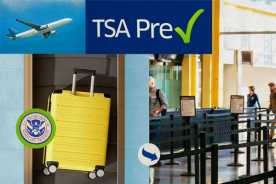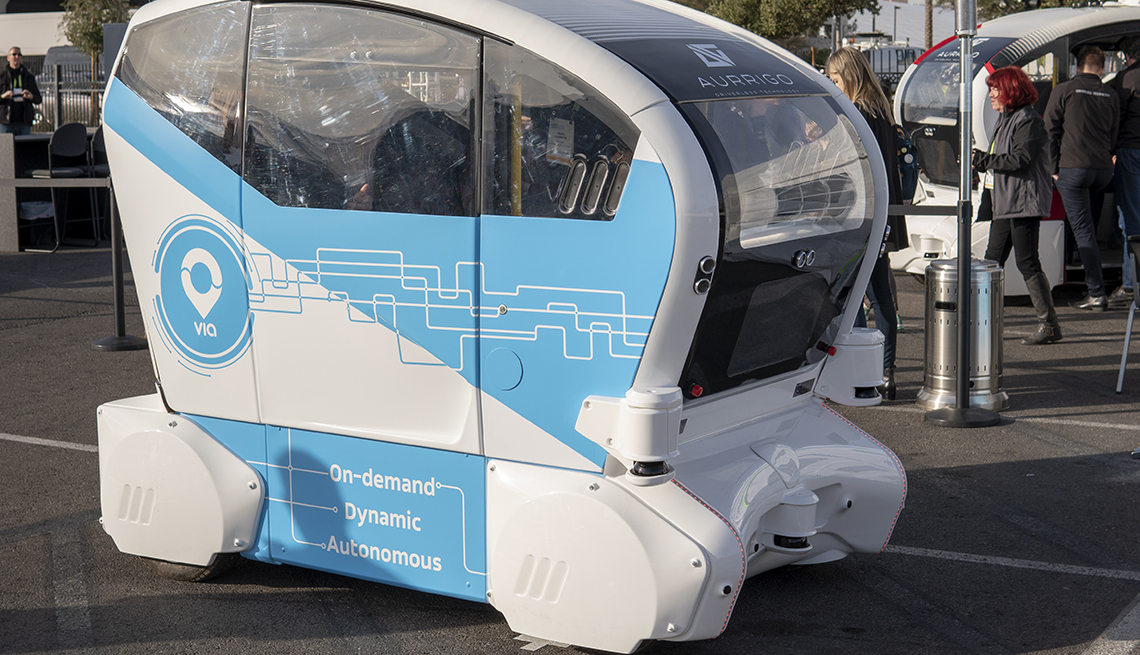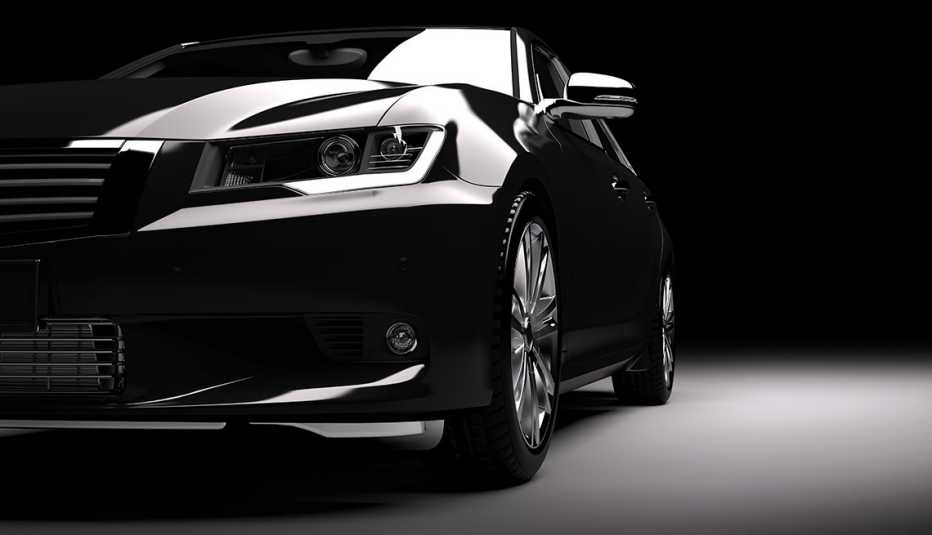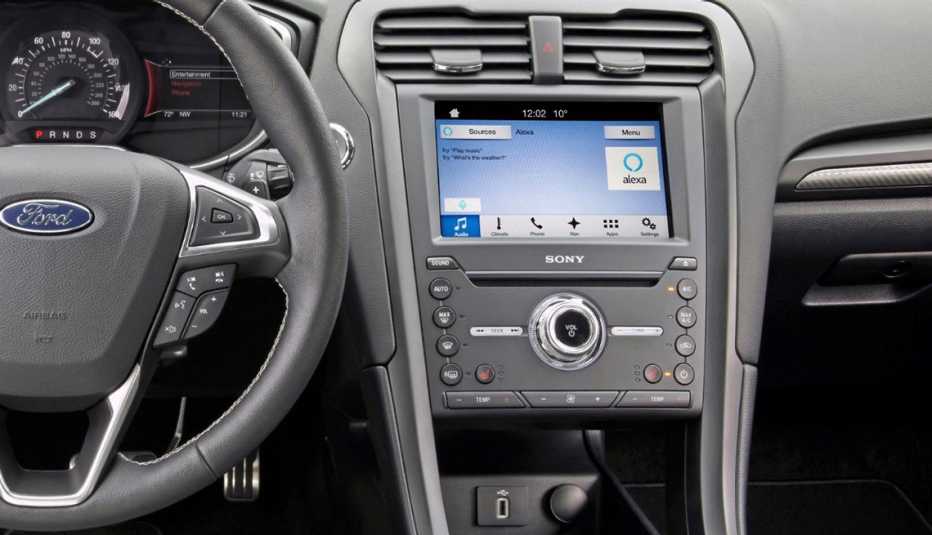AARP Hearing Center
Perhaps we’ve been thinking about self-driving vehicles the wrong way.
Fleets of self-driving personal cars may be years off — they’ll require vast infrastructure changes, for one thing. But there are other uses for autonomous (i.e., self-driving) vehicles besides commuting to work, and products that are coming into use now promise to brighten life for those over 50.
One of them, the Aurrigo (rhymes with “amigo,” Latin for “chariot”) PodZero, is a four-seat vehicle equipped with artificial intelligence that made its debut at CES, the global tech show in Las Vegas, after pilot runs in Singapore, Australia and the United Kingdom. It’s designed for more controlled environments than a highway: retirement communities, say, or universities, or industrial parks.
“Autonomous — or self-driving — vehicles shouldn't be single-occupancy vehicles,” says Matthew Lesh, whose company Comet Mobility partners with Aurrigo, “because automation should provide that new tool to right the wrongs in our existing system: congestion, unsafety, inefficiency, social isolation.” Summoned by a cellphone app for Via (an Uber-like on-demand transit company), Aurrigo could whisk 50-plus users past some of their most vexing problems.
“As the baby boomers continue to age, yet live healthier, longer lives, they’ll still want to travel,” Lesh adds. “People get scared to drive, often for good reason. And yet they want their independence, instead of always asking a family member, ‘Can you help me? Can you help me?’ In the studies we did, the cry from everyone, and not just the disabled, was, ‘I want my independence!’ It was not about safety issues.”
Instead of a bus driver, the Aurrigo has IBM Watson, an artificial intelligence system that knows the way and can answer riders’ questions, talk about poin
Aurrigo's vice president of autonomous programs Chris Keefe, who spent two decades as a Hollywood producer, traces the idea of his pod’s concierge Watson back to Johnny Cabs, Arnold Schwarzenegger’s robot chauffeur in the movie Total Recall.



































































